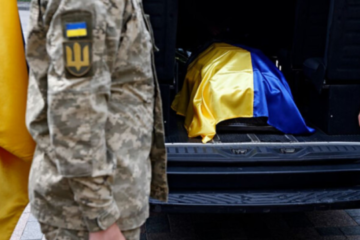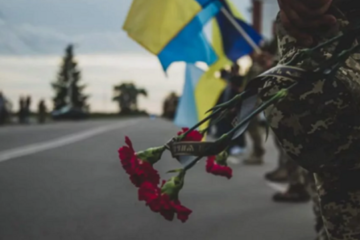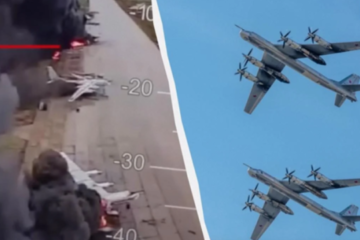What is wrong with a well-known photo depicting the 1944 deportation of the Crimean Tatars?
If you search “deportation of Crimean Tatars” on Google, one of the top results is a photo widely believed to show the events of 1944. In reality, the image has nothing to do with the deportation of the Crimean Tatar people.
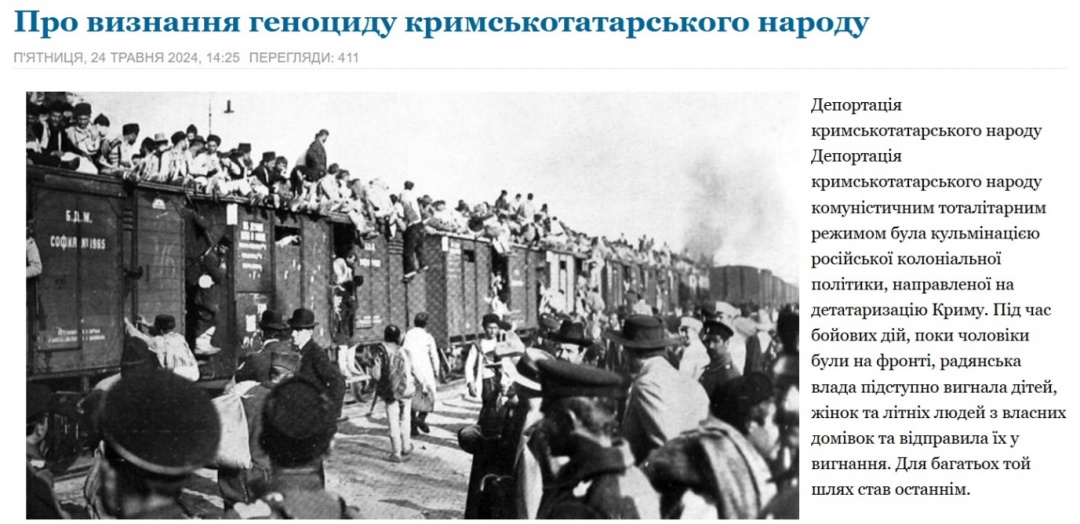
Screenshot of a publication from the website vyshneve-rada.gov.ua
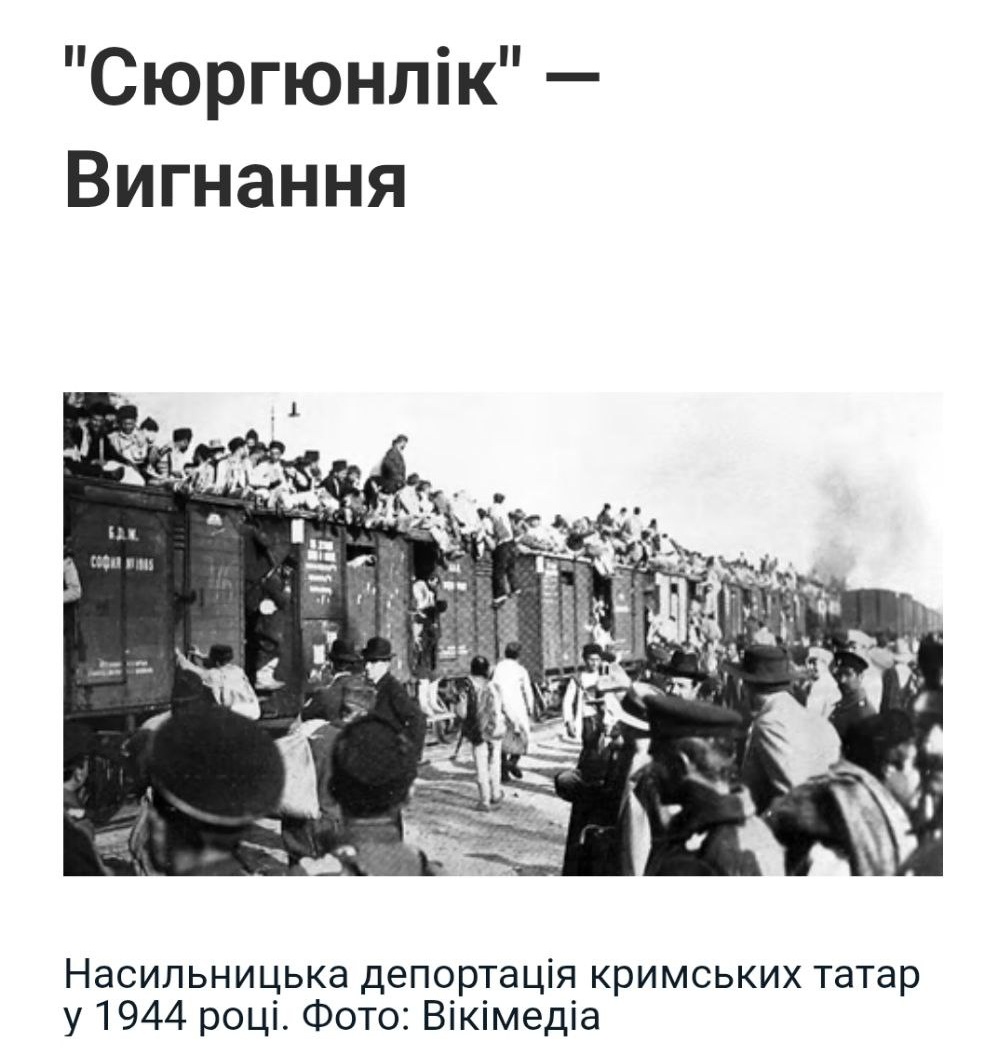
Screenshot of a fresh publication from May 18, 2025
A reverse image search reveals over 400 uses of this photo — most often in publications about the Crimean Tatar genocide. It has appeared on little-known websites, in mainstream media, on official government platforms, in civil society campaigns, and even in fact-checking resources. It has also been used by international media outlets.
The first to flag the inconsistency were Bulgarian users on the social media platform X. Why Bulgarians? Because they recognized the markings. If you look closely at the vintage image, you’ll spot the letters “Б.Д.Ж.” and “София” on the train cars. “Б.Д.Ж.” stands for “Български държавни железници” — Bulgarian State Railways — and Sofia is, of course, the capital of Bulgaria.
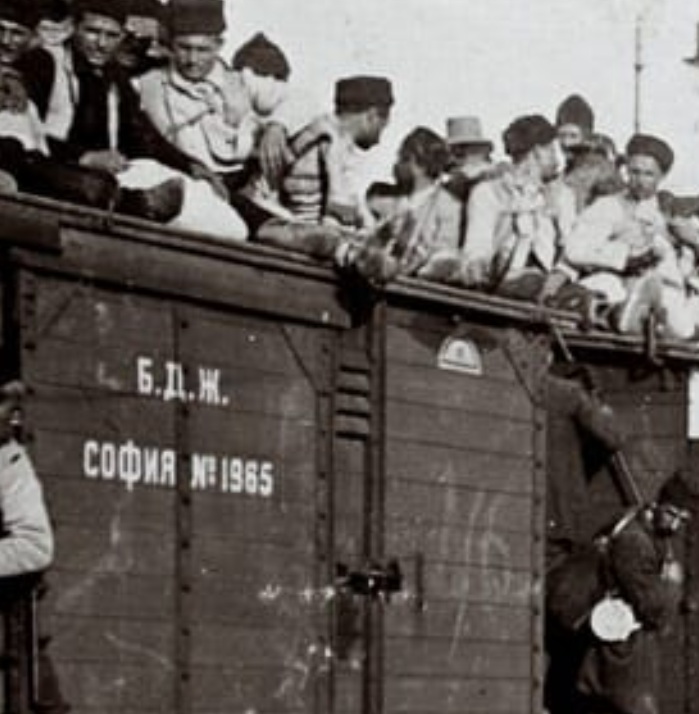
Pro-Russian trolls on Elon Musk’s platform used this revelation as a springboard for new claims alleging that the narrative of the Crimean Tatar deportation by Soviet authorities is a complete fabrication.
Unfortunately, the image has indeed been widely and repeatedly used, both by Ukrainian and foreign sources. But how did it come to be linked to the 1944 deportation? According to the image search engine TinEye, the photo was first associated with the topic in 2017 — appearing in the Wikipedia article on the “Deportation of the Crimean Tatars.”

Screenshot – TinEye
At some point, Wikipedia editors removed the image from the article, though it’s unclear when. However, the current article includes a different photo — one that’’s also questionable. At various times, it has been used to illustrate forced resettlement of peasants in the Novohrad-Volynskyi district during collectivization, as well as the deportation of the Stoykov family (ethnic Bessarabian Bulgarians) to Kazakhstan.
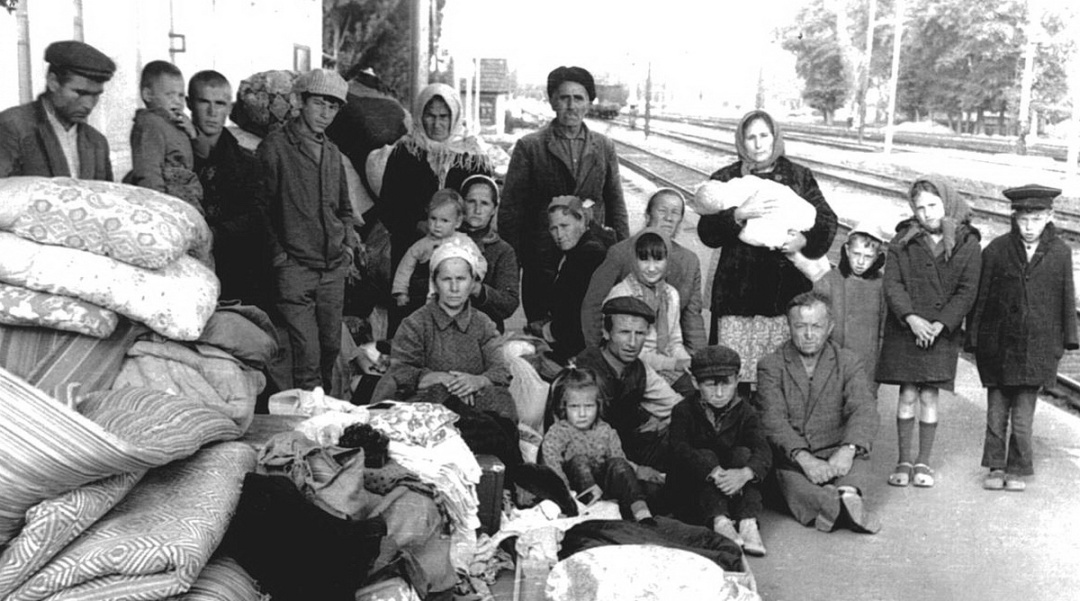
Did those who used the Bulgarian train photo even examine the context of the scene? The image shows only men, many sitting on top of train cars — making it easy to jump off and escape. There are no women or children. No Soviet soldiers. No signs of forced deportation at all.
In fact, the photograph was taken in 1912 at Sofia Central Railway Station. It shows Bulgarian troops departing for the front after the outbreak of the First Balkan War.
The First Balkan War (October 1912 – May 1913) was a conflict between the Balkan League (Bulgaria, Greece, Serbia, and Montenegro) and the Ottoman Empire, aiming to liberate territories populated by Christians and end five centuries of Ottoman rule in the Balkans.
The photo can be found on the website of the Bulgarian project “Lost Bulgaria” under the category “Album of Professor Vladimir Sis.” Sis was a Czech war correspondent working in Bulgaria for the newspaper Narodni Listy. He covered the Balkan Wars of 1912–1913, and in the summer of 1913, joined the 11th Macedonian Infantry Division, becoming both an eyewitness and participant in the fighting.
To prevent future misuse of unrelated images in depicting key moments of Ukrainian history, it is crucial for official institutions to create an open archive of verified photos specifically connected to the events of May 18–21, 1944. Likewise, Wikipedia should not be treated as the sole or ultimate source of reliable historical information.
Meanwhile, Russian propaganda continues to exploit the misattribution of images from unrelated countries and historical periods as part of its broader disinformation campaigns — seeking to discredit authentic facts of Ukrainian history as allegedly fictional or fabricated.
Sonia Dymytrova-Martyniuk
Source: How archival mistake plays into hands of Russian propaganda


